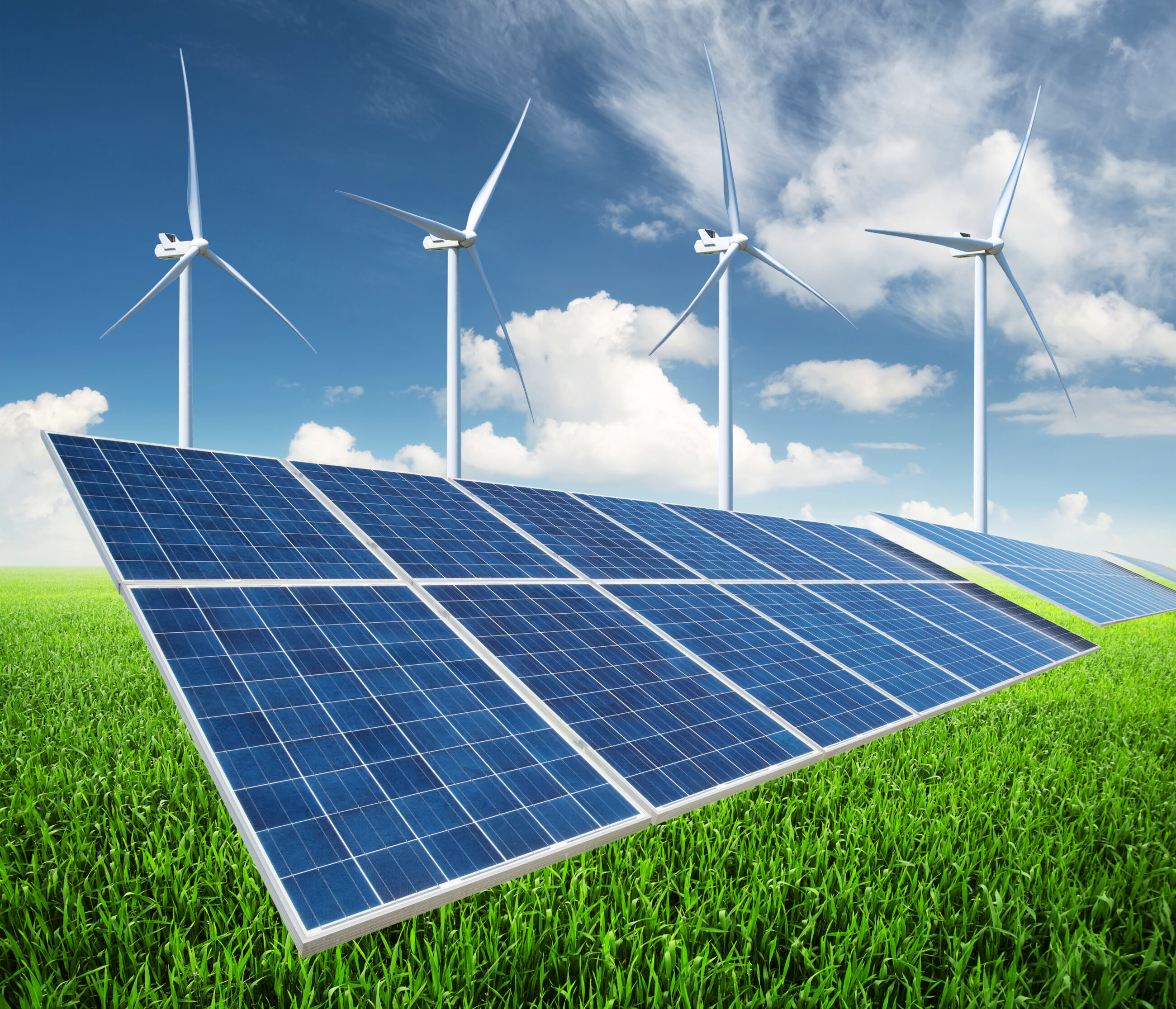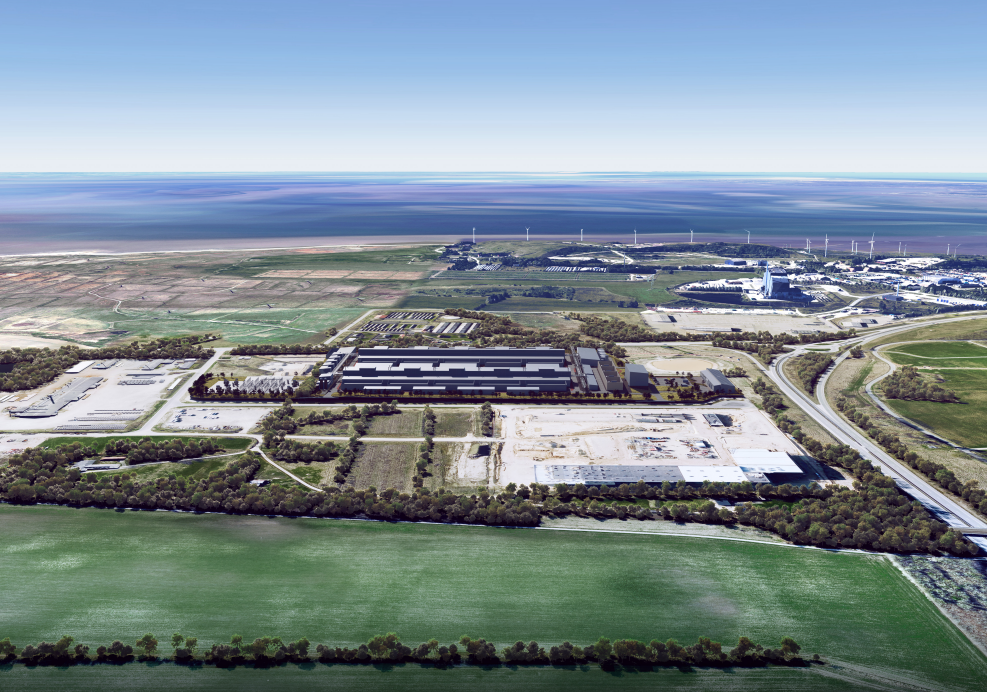News
EU close to sourcing 20 per cent of its energy consumption from renewables


Eurostat numbers that were released on Tuesday reveal that renewable energy was responsible for 17.5 per cent of the gross final energy consumption in the EU's 28 member states in 2017. This is more than double the share it was in 2004, the first year for which data is available.
The EU has an objective of meeting 20 per cent of the region’s total energy consumption with renewable energy (RE) by 2020. While all countries have increased the share of renewables in their gross final energy consumption since 2004, the extent of this varies from country to country. 19 of the 28 EU member states increased their consumption of renewable energy in 2017.
-Related solution: The world's largest offshore wind farm
Scandinavia leads the way
Sweden, Finland, Latvia, Denmark and Austria were the countries with the highest share of renewable energy in 2017, at 54.5 per cent, 41 per cent, 39 per cent, 35.8 per cent and 32.6 per cent respectively. At the opposite end of the scale, the lowest proportions of renewables were registered in Luxembourg (6.4 per cent), the Netherlands (6.6 per cent) and Malta (7.2 per cent).
Each EU Member State has its own, individual RE 2020 target. The national targets take into account the Member States' different starting points, renewable energy potential and economic performance. Among the 28 EU Member States, 11 have already reached the level required to meet their national 2020 targets: Bulgaria, the Czech Republic, Denmark, Estonia, Croatia, Italy, Lithuania, Hungary, Romania, Finland and Sweden. Moreover, Latvia and Austria are around 1 percentage point (pp) away from theirs 2020 targets. At the opposite end of the scale, the Netherlands (7.4 pp from its national 2020 objective), France (6.7 pp), Ireland (5.3 pp), the United Kingdom (4.8 pp), Luxembourg (4.6 pp), Poland (4.1 pp) and Belgium (3.9 pp) are the furthest away from their targets.
The expansion of sustainable energy is primarily driven by the production of electricity and heating from wind turbines, solar cells and sustainable biomass. According to Eurostat, this also applies to Denmark, who consumed 35.8 per cent renewable energy in its final gross energy consumption in 2017 and therefore easily attaining their goal of 30 per cent RE by 2020.
One of the factors that makes it possible for Denmark to achieve this target is the fact that 60 per cent of the country’s total electricity usage is covered by renewable sources. However, internally in the country, there exists significant regional differences in how much green electricity local grids can handle, thus making it necessary in some cases to export the electricity both domestically and abroad. This has led for moves to install stronger cables and more transformers to be able to cope with the influx of fluctuating sources of renewable energy.
According to Eurostat, the share of renewable energy in Europe’s gross final energy consumption increased by half a percentage point in 2017, from 17 percent in 2016, to 17.5 per cent in 2017. The goal for 2030 is that at least 32 per cent of energy consumption is based on renewable sources.
-Related solution: Green energy in Aarhus: The biomass fired CHP plant
Facts
Renewable energy sources cover solar thermal and photovoltaic energy, hydro (including tide, wave and ocean energy), wind, geothermal energy and all forms of biomass (including biological waste and liquid biofuels). The contribution of renewable energy from heat pumps is also covered for the Member States for which this information was reported. The renewable energy delivered to final consumers (industry, transport, households, services including public services, agriculture, forestry and fisheries) is the numerator of this indicator. The denominator, the gross final energy consumption of all energy sources, covers total energy delivered for energy purposes to final consumers as well as the transmission and distribution losses for electricity and heat. It should be noted that exports/imports of electricity are not considered as renewable energy unless a specific intergovernmental agreement has been signed (currently only between Sweden and Norway).
Sources: Eurostat, Danish Energy
You should consider reading
events
Carbon capture, storage and utilisation
+4















